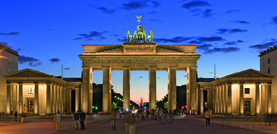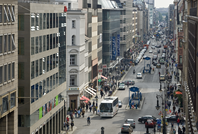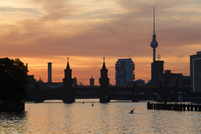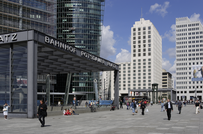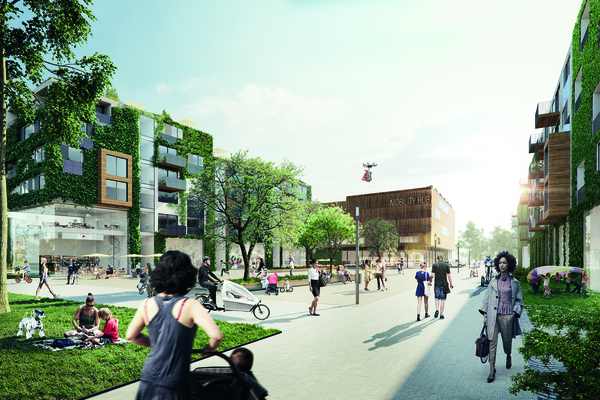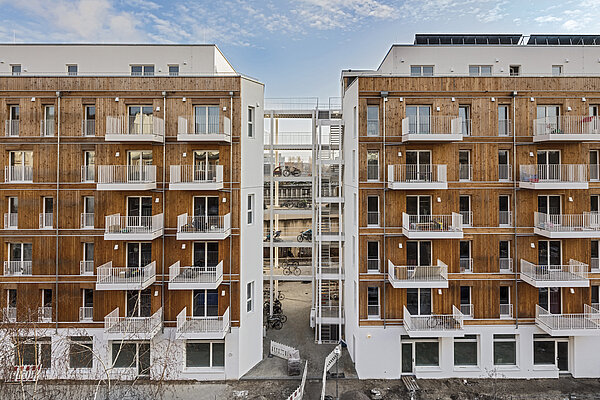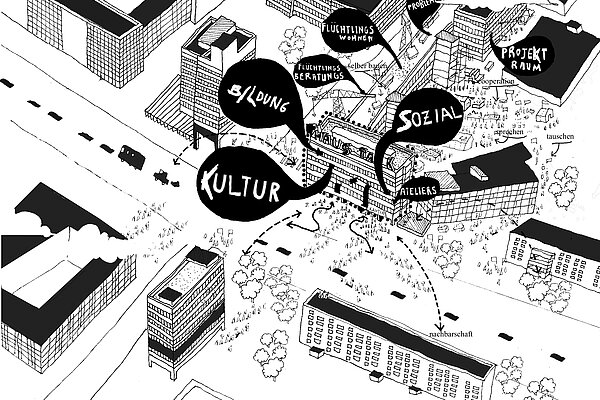Berlin
Berlin's special history shapes today's urban development. In European metropolises, there is rarely much scope for projects with an exemplary effect and charisma in inner-city locations. In Berlin, things are different. This is also and above all due to the city's history. The destruction of the Second World War and the decades-long division of the city have left their mark on Berlin. The merging of the centers of East and West opens up potential for high-visibility projects and new approaches to urban development, especially in the center of Berlin.
read moreDue to its historical, economic and cultural significance, Berlin Mitte was designated as an area of special urban policy importance in 2018. This opened up further scope for innovative approaches to urban development. In designing the center of Berlin, the city relies on close exchange with citizens and urban society. Since 2018, the city has offered a concrete place and experimental space for the joint design of the center of Berlin with the so-called City Workshop. Since 2020, a practice-oriented compendium for the participation of Berlin's urban society in planning processes has been available in the form of guidelines for citizen participation and an implementation concept.
An exemplary model project for innovative and cooperative neighborhood development in Berlin's Mitte district is the Haus der Statistik: the project idea goes back to a protest action by artists. In 2015, they demanded that the building, which had been vacant for a long time, house initiatives from the fields of art, culture, social affairs and education that were threatened with displacement. Local politicians agreed to the demands. Today, public and civil society partners plan the development of the site jointly and on an equal footing. The focus is on a mix of uses and cooperative partnerships.
Berlin is an attractive city. Since 2011, the city has been growing by 40,000 to 45,000 people per year. Therefore, Berlin - like many other European metropolises - faces the challenge of creating new and affordable housing. Every year, 20,000 apartments are needed. The Berlin Senate has therefore decided to rapidly plan and develop "New Urban Quarters." In the 16 urban quarters currently defined alone, a total of around 52,000 apartments are to be built for around 100,000 people. Building on the experience of housing development in the 1920s and today's model of the mixed city, attractive quarters of the 21st century are to be created. The new urban neighborhoods will be developed as living quarters - that means: socially mixed, green, participatory. Planning is done together with the districts concerned and with the participation of a broad public.
One example of this is the Schumacher Quarter. It is part of the after-use planning for the former Tegel Airport. On the eastern edge of the airport site, the Schumacher Quarter is a completely new residential area. Living there should not only be affordable but also sustainable. As a climate-neutral model neighborhood, it will be designed according to the principle of the sponge city and built predominantly of wood. Around 5,000 apartments for more than 10,000 people are to be built in the Schumacher Quarter. This will make it the world's largest timber construction quarter.
More information
Videos
Building for people. Architecture for and with people in Berlin
